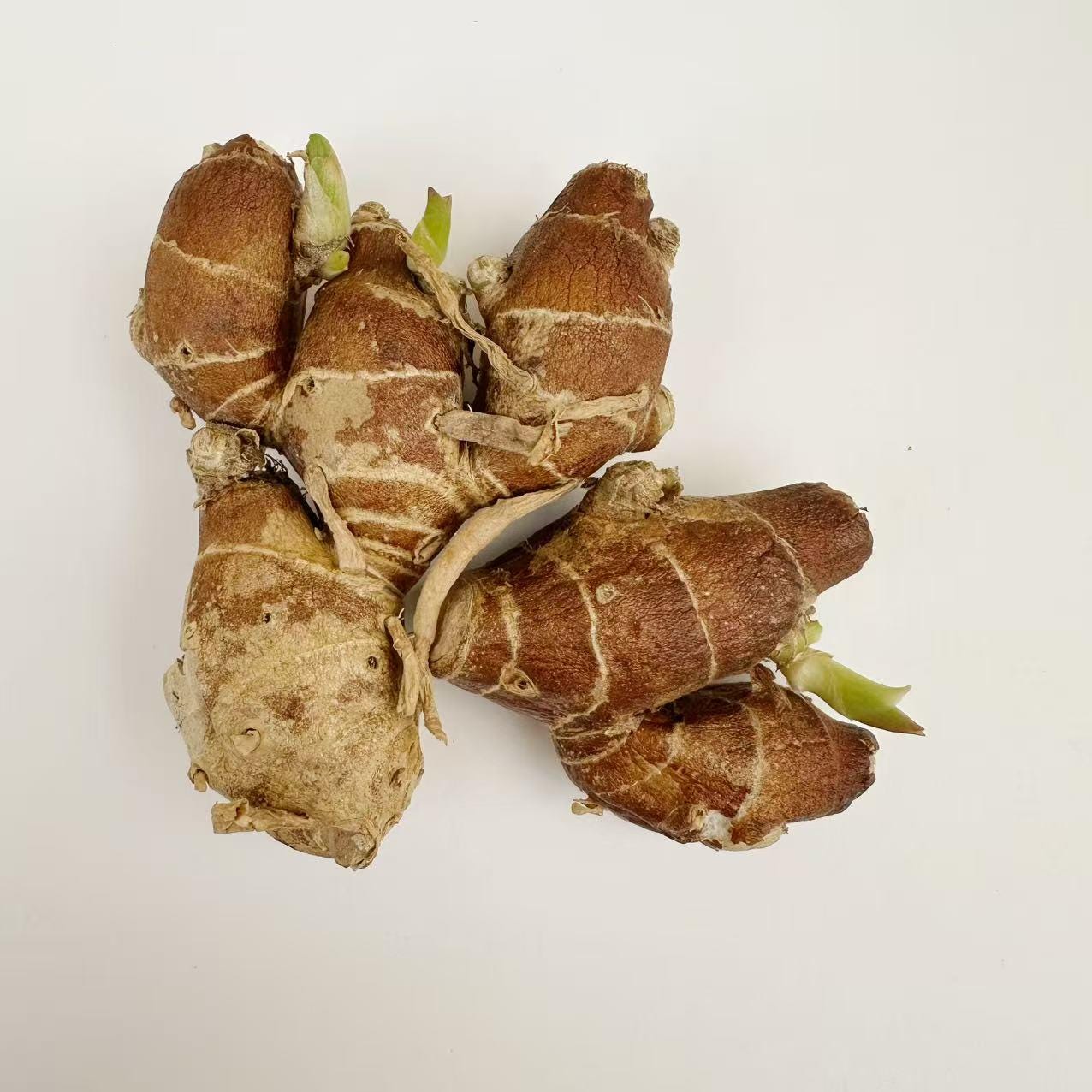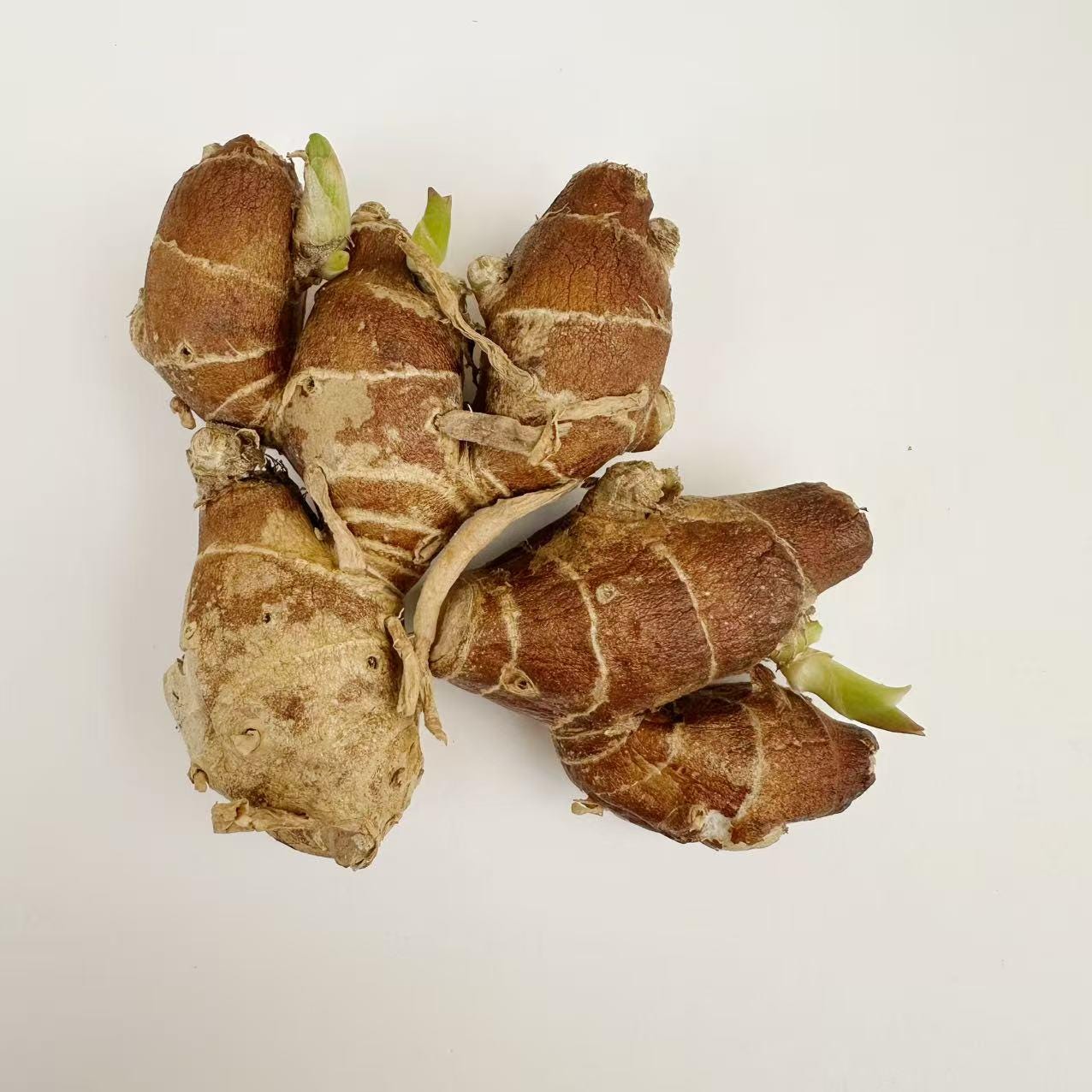Sand ginger (Kaempferia galanga) is a unique aromatic member of the ginger family. Unlike common ginger, it stays low to the ground and forms a beautiful rosette of leaves. It’s prized for its strong fragrance in cooking and traditional uses. Although it’s a tropical plant, gardeners in many parts of the U.S. can grow it successfully with the right care.
1. Climate & USDA Zones
Sand ginger grows best as a perennial in USDA Zones 9–12. In cooler climates (Zones 5–8), it can still be grown successfully if:
- planted in containers
- moved indoors before frost
- or the rhizomes are dug up and stored during winter
The plant cannot survive freezing temperatures.
2. Light Requirements
Sand ginger prefers:
- Partial shade (ideal)
- Morning sun + afternoon shade
- Avoid strong, full afternoon sun, which can scorch the leaves
It is naturally an understory forest plant, so it enjoys dappled light.
3. Soil Requirements
Use a soil mix that is:
- Well-draining
- Rich in organic matter
- Slightly moist but never soggy
A simple mix that works well:
- 50% potting soil
- 30% compost
- 20% perlite or coarse sand
Good drainage is essential to prevent rhizome rot.
4. Planting the Rhizomes
- Use fresh, firm sand ginger rhizomes.
- Plant them 1–2 inches deep, horizontal to the soil.
- Keep the soil lightly moist.
- Place the pot or bed in partial shade.
- Sprouts usually appear in 2–6 weeks, depending on warmth.
Sand ginger likes warm soil. Growth begins faster once soil temperatures reach 70–85°F.
5. Watering
- Keep soil evenly moist, not wet.
- Allow the top ½ inch of soil to dry before watering again.
- Avoid letting water sit in the saucer if you grow it in a pot.
Overwatering is the #1 cause of failure.
6. Fertilizing
Feed lightly during the growing season (spring through summer):
- A balanced fertilizer (e.g., 5-5-5 or 10-10-10)
- Or a gentle organic fertilizer such as compost tea or fish emulsion
Avoid heavy feeding — sand ginger is not a heavy feeder.
7. Seasonal Growth Cycle
Sand ginger has a natural dormant period:
- Leaves grow from spring to fall
- In late fall, the plant naturally dies back
- The rhizomes rest underground during winter
This is normal and not a sign of plant failure.
8. Winter Care
Zones 9–12
- Leave the plant in the ground; it returns each year.
Zones 5–8
Choose one of the following: Option A: Overwinter Indoors (Best Method)
- Grow in a pot
- Bring indoors before the first frost
- Keep soil just barely moist (almost dry)
Option B: Dig Up Rhizomes
- After frost kills the leaves, lift the rhizomes
- Clean gently and air-dry for a day
- Store in a cool, dry place in peat moss or dry coconut coir
- Replant in spring
9. Harvesting Sand Ginger
Harvest when:
- Leaves have died back naturally
- At the end of the growing season
- Or anytime after 6–9 months of growth
You may harvest part of the clump and leave the rest to regrow. After harvest, rhizomes can be:
- used fresh
- dried and ground
- or saved for replanting

10. Common Growing Mistakes
Avoid these:
- Overwatering the rhizomes
- Planting in heavy, compacted soil
- Full, harsh afternoon sun
- Allowing plants to freeze
- Expecting growth during winter dormancy
Final Tips
- Warm soil = faster sprouting
- Partial shade = healthier leaves
- Good drainage = essential
- Dormancy is normal — not a problem
- In cooler zones, treat sand ginger like a tender tropical plant
